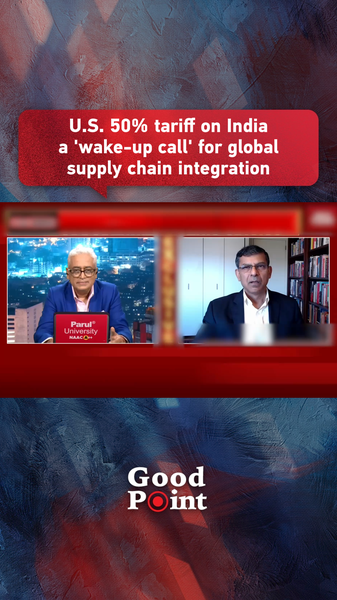The United States recently slapped a 50% tariff on exports from India, a move that has sent ripples across trade corridors. This steep levy underscores rising tensions in trade relations and prompts questions about the future of global commerce.
In an exclusive interview, Raghuram Rajan, former governor of the Reserve Bank of India, labeled the tariff a heavy blow to U.S.-India trade. He warned that such measures not only strain small and medium-sized exporters in India but also increase costs for American consumers, creating a lose-lose scenario.
Rajan sees the tariff as more than a policy shift—it’s a wake-up call. “Relying too heavily on any single market exposes vulnerabilities,” he said, urging Indian businesses to accelerate integration into a diversified global supply chain.
Data from recent trade reports show that India sources nearly 60% of its exports to a handful of markets. Experts argue that by broadening partnerships and investing in new corridors—across Asia, Africa and Latin America—India can build resilience against sudden policy shocks.
As global supply chains continue to evolve, the big question remains: Will India seize this moment to reshape its trade strategy? For young entrepreneurs and innovators tracking emerging markets, now is the time to watch how New Delhi adapts and where it sets its sights next.
Reference(s):
U.S. 50% tariff on India a 'wake-up call' for global supply chain integration
cgtn.com




